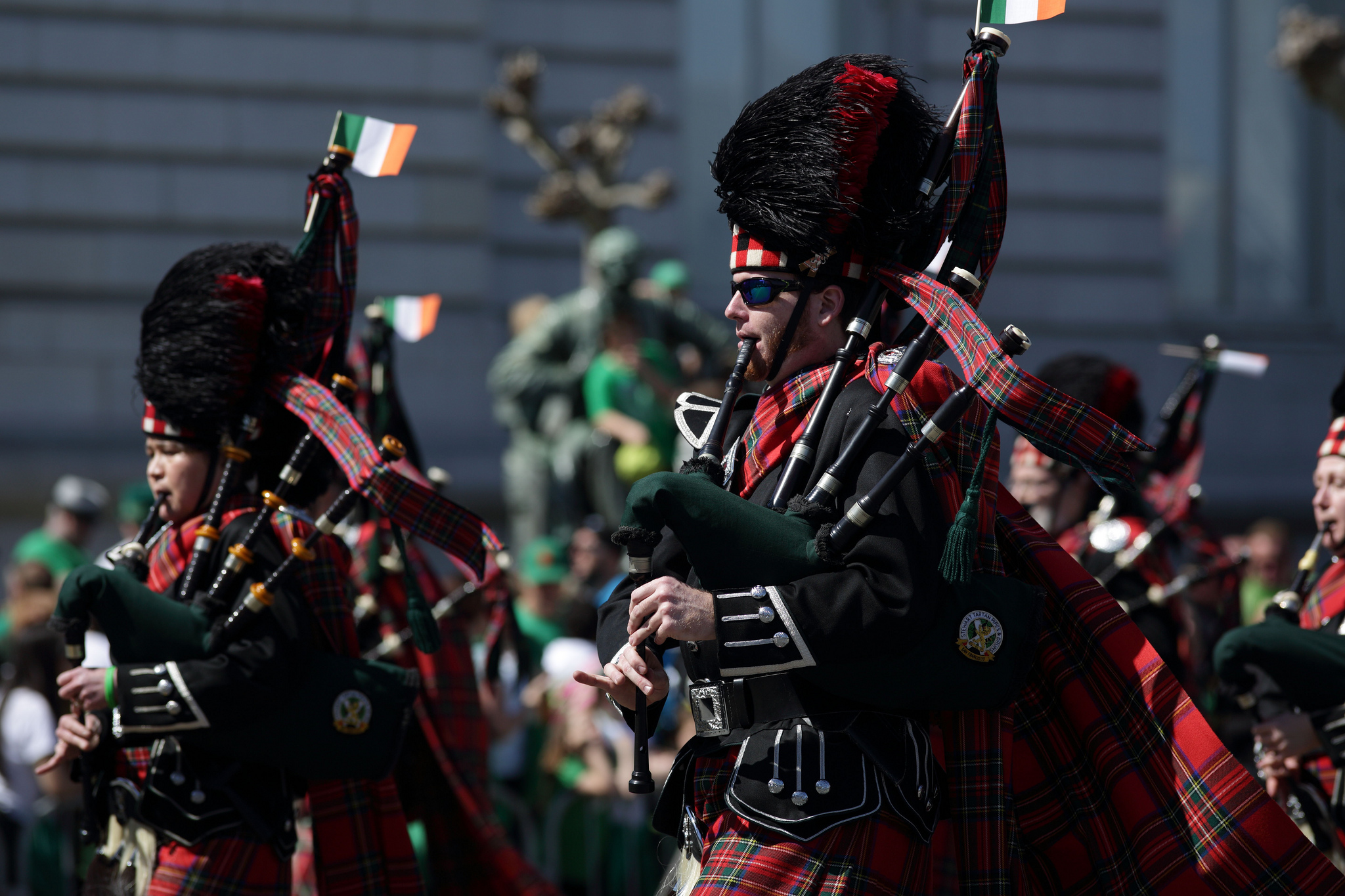
In the Autumn Statement Chancellor Philip Hammond announced changes to the way the VAT flat rate scheme was to be worked.
Current proposed Flat Rate VAT rules to April 2017
Normally a VAT registered business will charge clients VAT on any sales that are made. This VAT less any VAT that the business has incurred on Purchases, would be paid across Net to HMRC.
Under the current VAT Flat Rate Scheme, the whole process had been simplified to try and help businesses reduce the burden of record keeping for small businesses. Any business with turnover of less than £150,000 could opt to join the Flat rate scheme and would charge the client VAT on sales as normal, but would only pay across a specific precentage dependant on business sector, of VAT to HMRC. No VAT would be deducted on the purchases. The flat rate scheme was designed to give the government roughly the same amount of VAT, but was a lot easier for the small business owner to operate, understand, and work out.
However, the government has cited that the growing number of self employed individuals were a cause for declining tax revenues. Phillip Hammond was concerned that a number of businesses were setting up companies in order to pay less VAT than they were due.
The New VAT Scheme
Any business that has a low cost base (when compared to sales) are now deemed to be ‘limited cost traders’.
A limited cost trader is one whose VAT inclusive expenditure on goods for the business in an accounting period is less than 2% of VAT inclusive turnover, or is more than 2% but less than £1,000 a year.
When working out the amount spent on goods, it cannot include purchases of:
- capital goods (such as new equipment used in a business)
- food and drink (such as lunches for staff)
- vehicles or parts for vehicles (unless running a vehicle hiring business)
If your business is deemed to be a limited cost trader, then you will have to pay VAT at 16.5% of your gross sales, irrespective of the type of business.
What to consider if your business is on the flat rate scheme
Any business where the majority of costs are labour costs, will end up paying more VAT, this will include most contractors.
Mike Cherry, national chairman of the Federation of Small Businesses, said: “Many small businesses rely on the optional VAT flat rate scheme to simplify the management of their tax affairs.
“We welcome the government’s attempts to clamp down on any misuse of this scheme by a small minority of businesses that use it. However we would be concerned if any small businesses who play by the rules now end up having to pay more to remain within the scheme.
“Following these reforms, it is important HMRC now produces clear guidance so that small firms understand whether or not to join the scheme.”
If you are already in the scheme, then you will need to compare your trading activity and costs to see if you will be defined as a ‘limited cost trader’ If you are then you will need to consider the benefits of still being on the scheme going forward.



